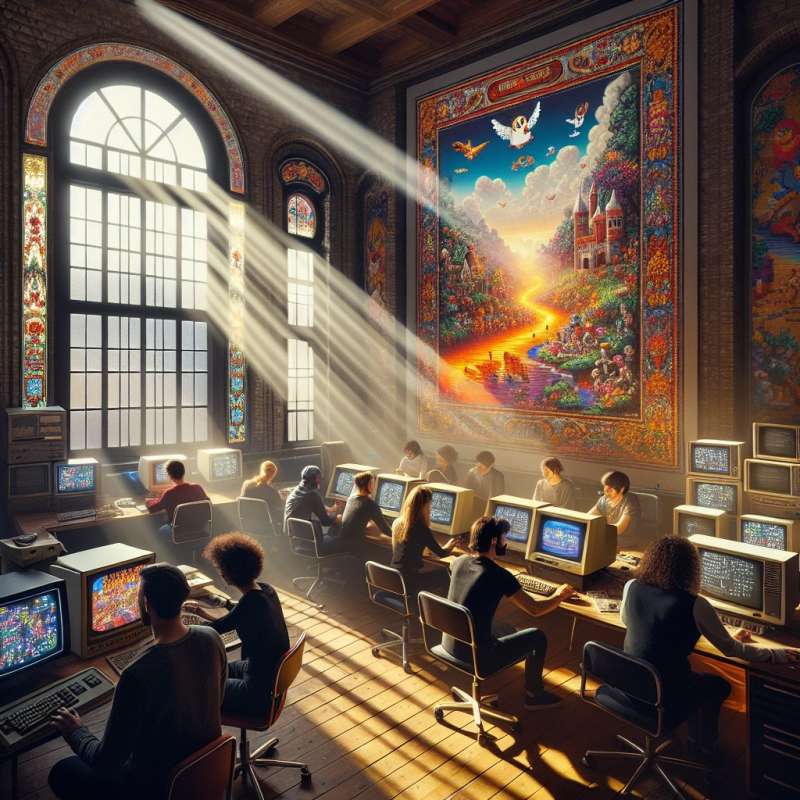
Introduction to 8-Bit
8-bit graphics originate from 1980s computers and consoles. They're defined by their limited color palettes and pixelated style, evoking nostalgia and simplicity in modern times.
Color Palette Limitations
8-bit systems could display 2^8 (256) colors, but early graphics hardware often limited on-screen colors to less than 32 simultaneously, due to memory and processing constraints.
Pixel Art Basics
Each 'bit' in 8-bit represents a binary digit, so 8-bits create a byte. Pixel art uses these bytes to define color for each pixel, crafting detailed images from simple elements.
Resolution Characteristics
Typical 8-bit graphics resolutions were around 256x240 pixels. Although low by today's standards, this helped create the distinctive blocky visual style loved by many.
Sprite Design
Sprites, or movable objects, were often 16x16 or 8x8 pixels in size. Designers worked within this grid to create recognizable characters and items, a skillful art form.
Memory Economy
8-bit systems had limited memory, often just a few kilobytes. Artists optimized graphics to reuse tiles and sprites, a practice that influenced the iconic look of many classic games.
Modern 8-Bit Revival
Today's 'retro' games embrace 8-bit styles, pushing the aesthetic beyond historical hardware limitations. This revival highlights the timeless appeal and creative potential of 8-bit graphics.
What defines 8-bit graphics?
High-resolution, modern style
Limited palettes, pixelated look
Unlimited colors, smooth lines
Company